Going North in Cyprus
When I decided to visit Cyprus I knew I had to go to Nicosia, its divided capital. Visiting Cyprus was an incredible education for me in the history of the island, some of which, I would learn, is incredibly fresh.
Depending on who you talk to, the Northern part of Cyprus is referred to as “Northern Cyprus” or “Occupied Cyprus.” Turkey invaded Cyprus after a coup in 1974, which led to a series of atrocities against both Turkish and Greek Cypriots on the island, including the expulsion of 150,000 Greek Cypriots from the Turkish-occupied North and 60,000 Turkish Cypriots from the South. Turkey launched a second invasion and was able to capture 36 percent of the Island during their second invasion. Northern Cyprus operates as a de-facto state, but is only recognized officially by one country: Turkey.
Nicosia is a charming smaller city, made even smaller by the fact that it is cut in half. It was strange to visit a city and see how it has reckoned with such a traumatic experience over the past 45 years. The two sides of the city had distinct feels to them, with the Greek-Cypriot side a bit more polished and modern. I learned from a local that the EU provides funds for exterior beautification in the city.
In terms of things to do in Nicosia, the Cyprus Museum is an archaeological museum in Nicosia that is totally worth a visit, with a plethora of artifacts from various points in the island’s history.
One of my favorite attractions I visited in Nicosia was the Shacolas Tower and Museum. From the tower you have an incredible view of Nicosia with an accompanying explanation of what you’re looking at. You can also see straight into the occupied part of the island. On the mountain range you can even see the Northern Turkish flag, which feels like a massive FU to all of the displaced Cypriots in the South.
You need to provide your passport to cross the border at Cyprus, and going through it is a serious affair. There are two checkpoints, with one on each side. Between the checkpoints there is an area known as “The Green Line.” It’s a no-man’s land of shuttered buildings that belong to neither side. There are signs everywhere that say not to take pictures and the only things that get through without passing passport controls are the various stray cats.
The Occupied part of Nicosia felt distinctly different from the Greek side. It reminded me a lot of Turkey, for obvious reasons. I was glad to have some Turkish Lira from my trip to Turkey with me, but everywhere also took euros as well. I visited Selimiye Camii, a fascinating mosque that operated as a Catholic Cathedral between the 13th and 16th centuries before getting stormed and converted by the Ottomons in 1570. Catholic cathedral. It was fascinating seeing this gothic architecture one would associate with a cathedral in a mosque. Adjacent to the mosque there’s a spot where you can watch a whirling dervish performance.
Kyrenia
The timing of my trip to Kyrenia in Northern Cyprus was interesting. Just two days later it would be the 45th anniversary of the Turkish Invasion of Cyprus and I could see the preparations being made. Signs indicated there would be a celebratory flyover, and a giant warship was parked close to the harbor covered with Turkish flags. Everywhere I went there were the flags of Northern Cyprus and Turkish, and I couldn’t tell if that was due to the anniversary or just normal.
Kyrenia Castle
Looming large above the harbor in Kyrenia is a fascinating castle to explore. It was built by the Venetians in the 16th Century and contains the ruins of a 12th century chapel and the remains of a shipwreck from 4th Century BC.
When I returned from Kyrenia and passed through the border I saw some young Greek Cypriot protesters. Wanting to hear what they had to say, I walked up to them. They handed me a pamphlet outlining all the atrocities committed by the Turkish Government. A young man who looked to be in his early twenties asked me if I had visited Kyrenia. I said I had. He then went on to tell me that his mother was from there and hadn’t been back since 1974 and that he himself had never there, despite it being where his family was from. Yes, it was uncomfortable but interesting. He said that spending money over there was paying for bullets for the Turkish. I asked him if they were focusing at all getting companies to divest from Occupied Cyprus and he said they weren’t, that those companies were too big.
I’m thankful I didn’t speak to him and then decide to cross the border, because that would have been extremely awkward. It did make me think, from an ethical perspective, where should one draw the line when it comes to visiting a country because of its human rights abuses? Many queer people think travelers should boycott countries with homophobic laws, but if that’s the case you’re leaving out a large swath of the world and you lose the opportunity to interact with oppressed queer people in those countries. Maybe I’m trying to justify my willingness to go to places like Saudi Arabia (I honestly would, if given the opportunity).
What’s your perspective on the ethics of visiting an area like Occupied Cyprus or places with horrendous records on human rights like Saudi Arabia? Let me know in the comments!

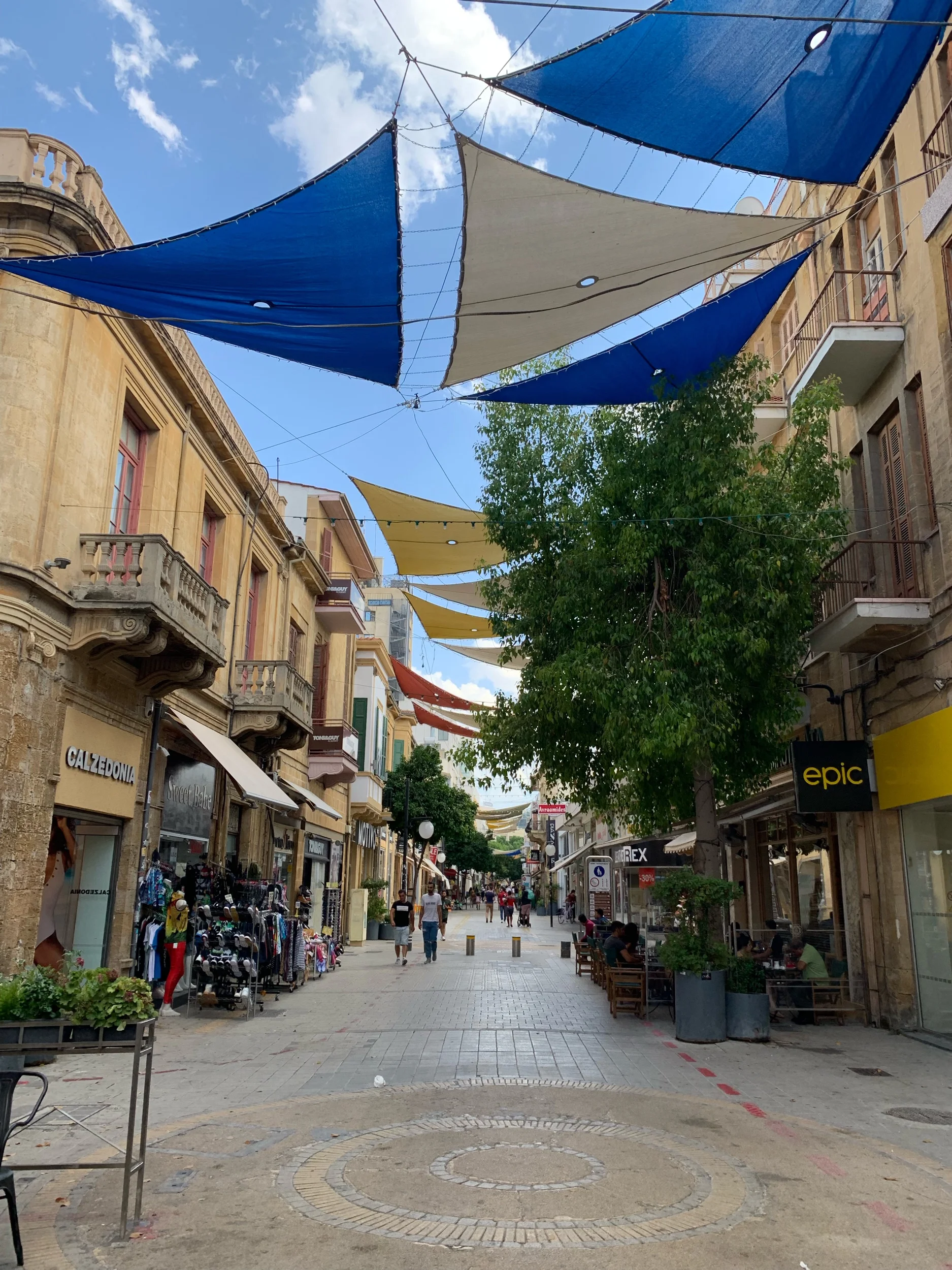



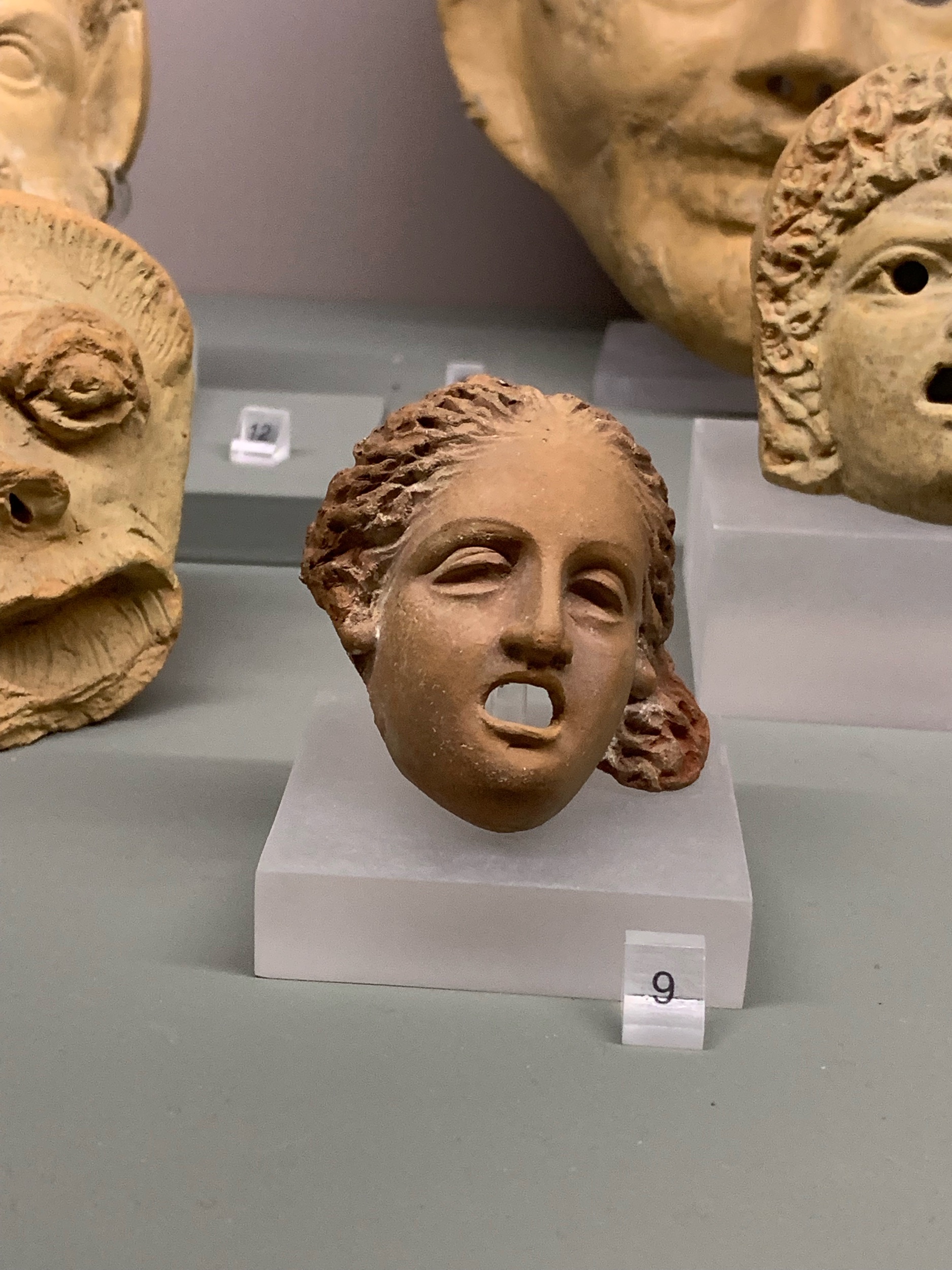
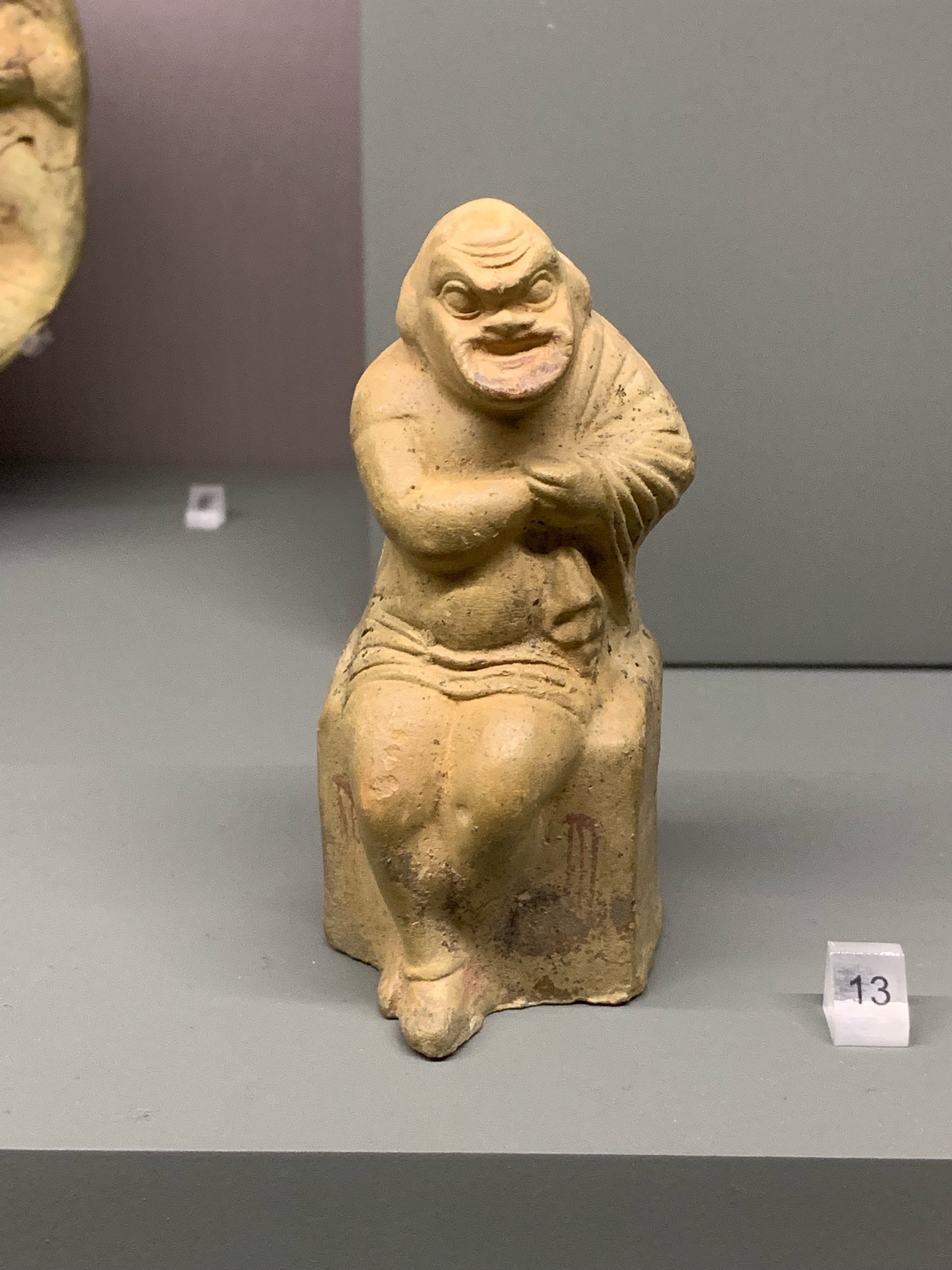













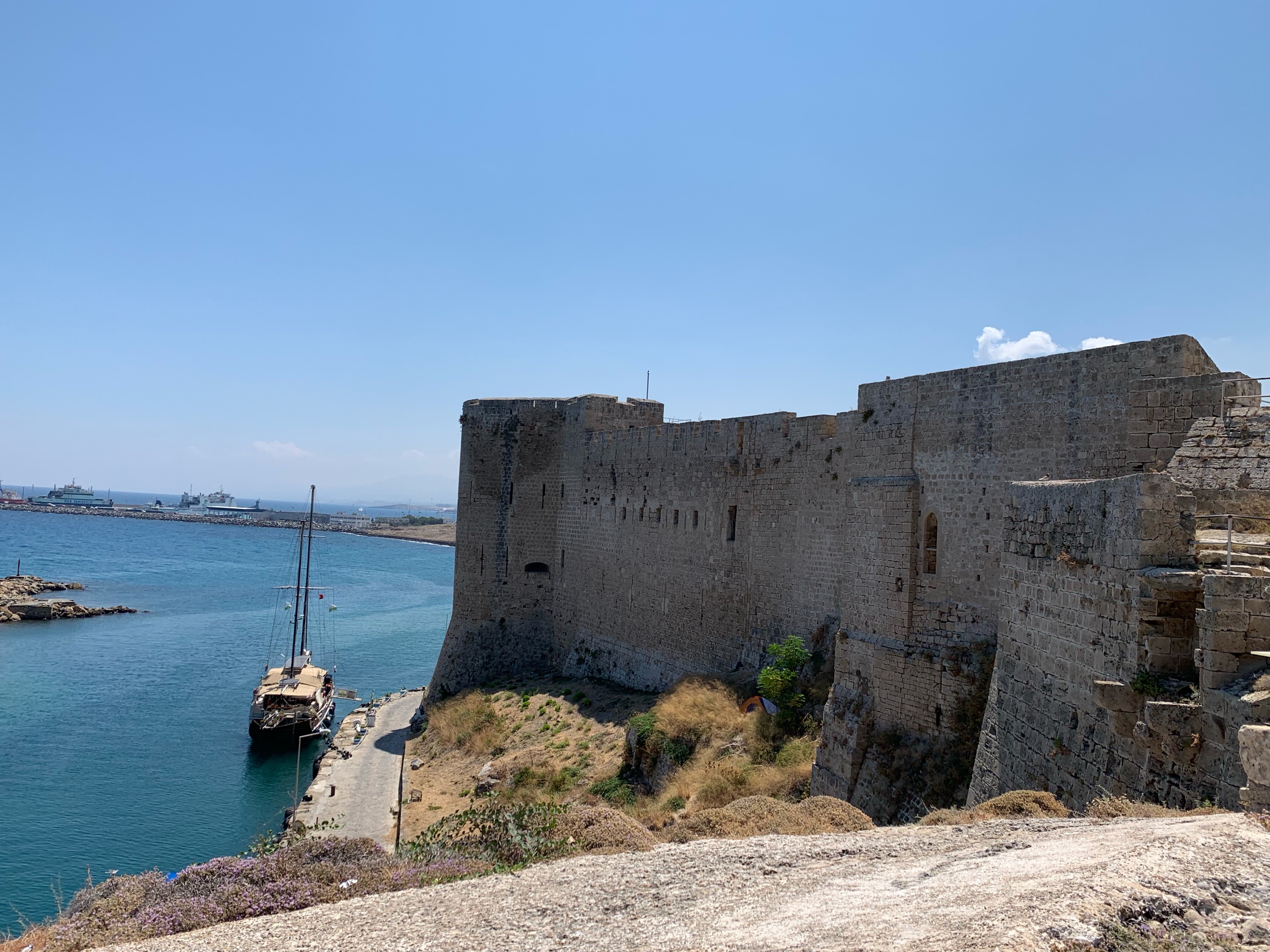







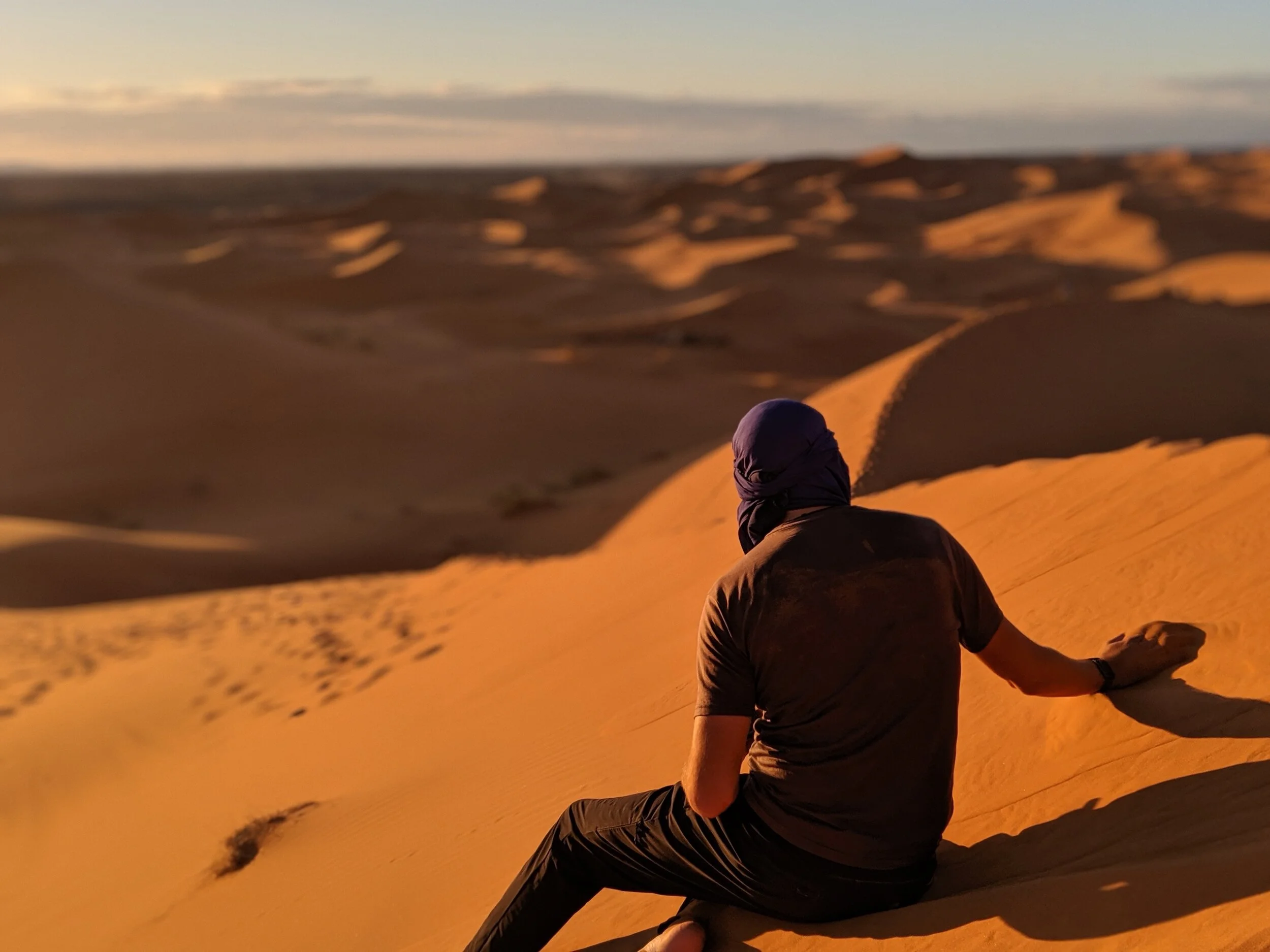

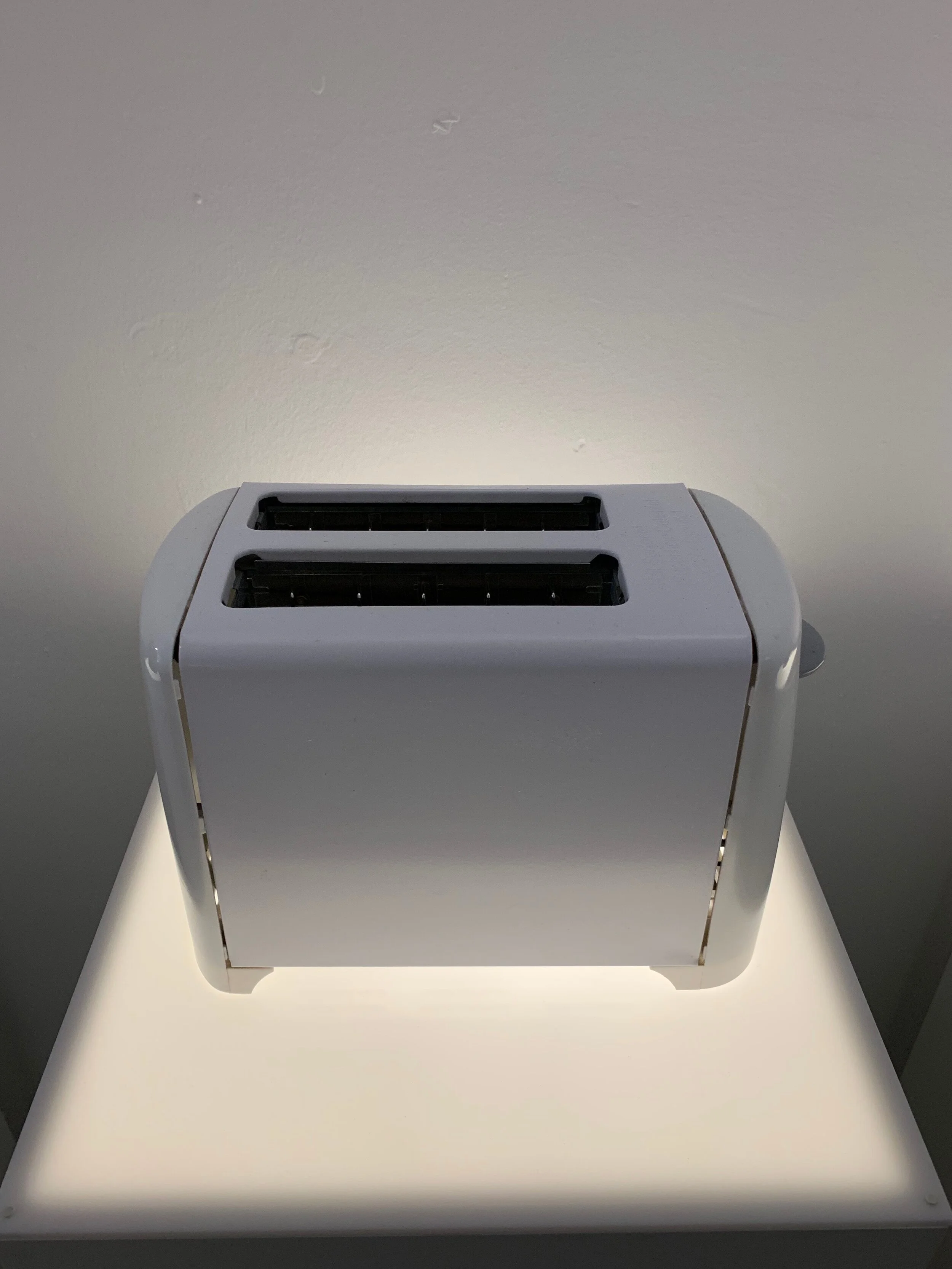

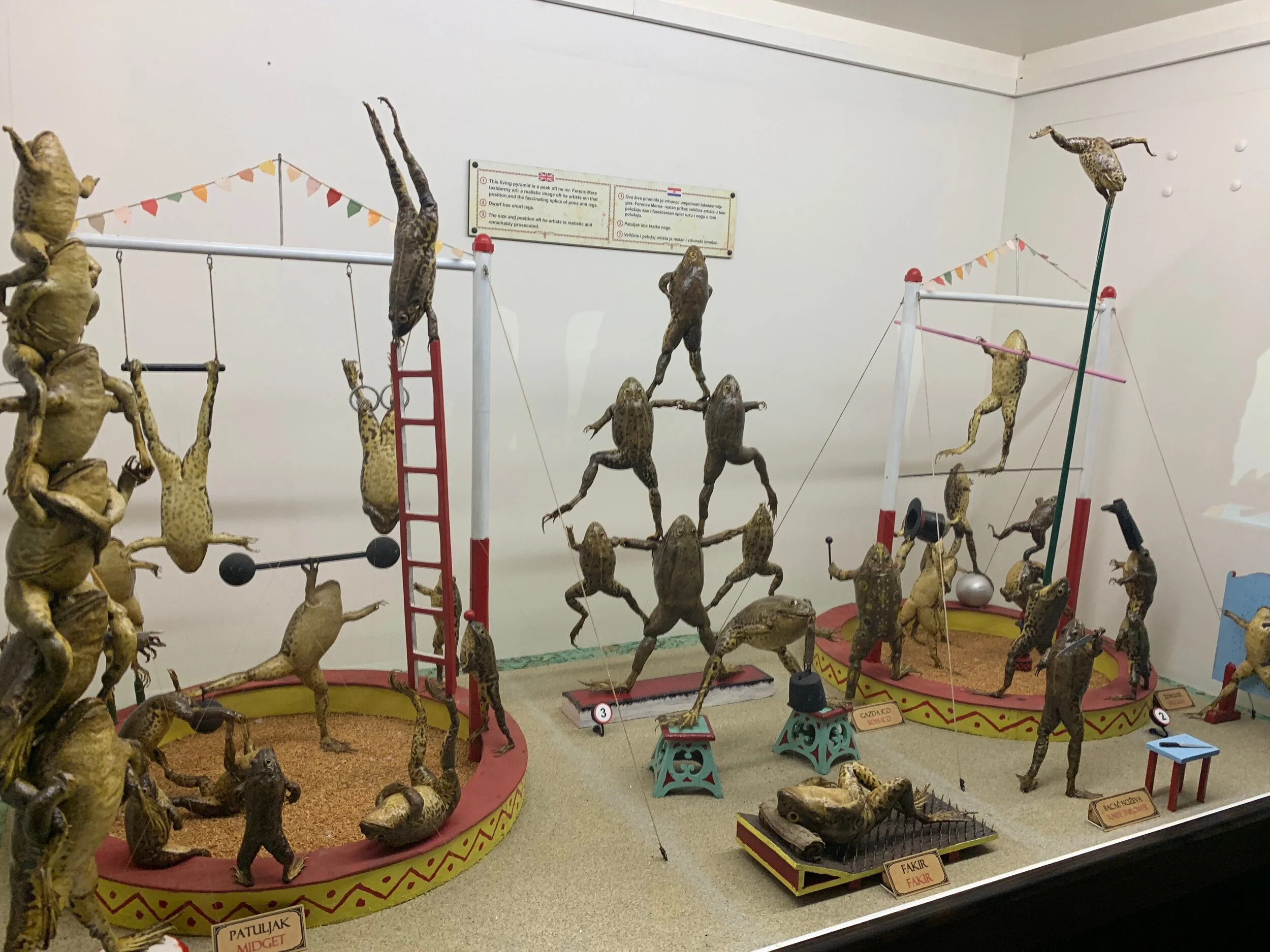
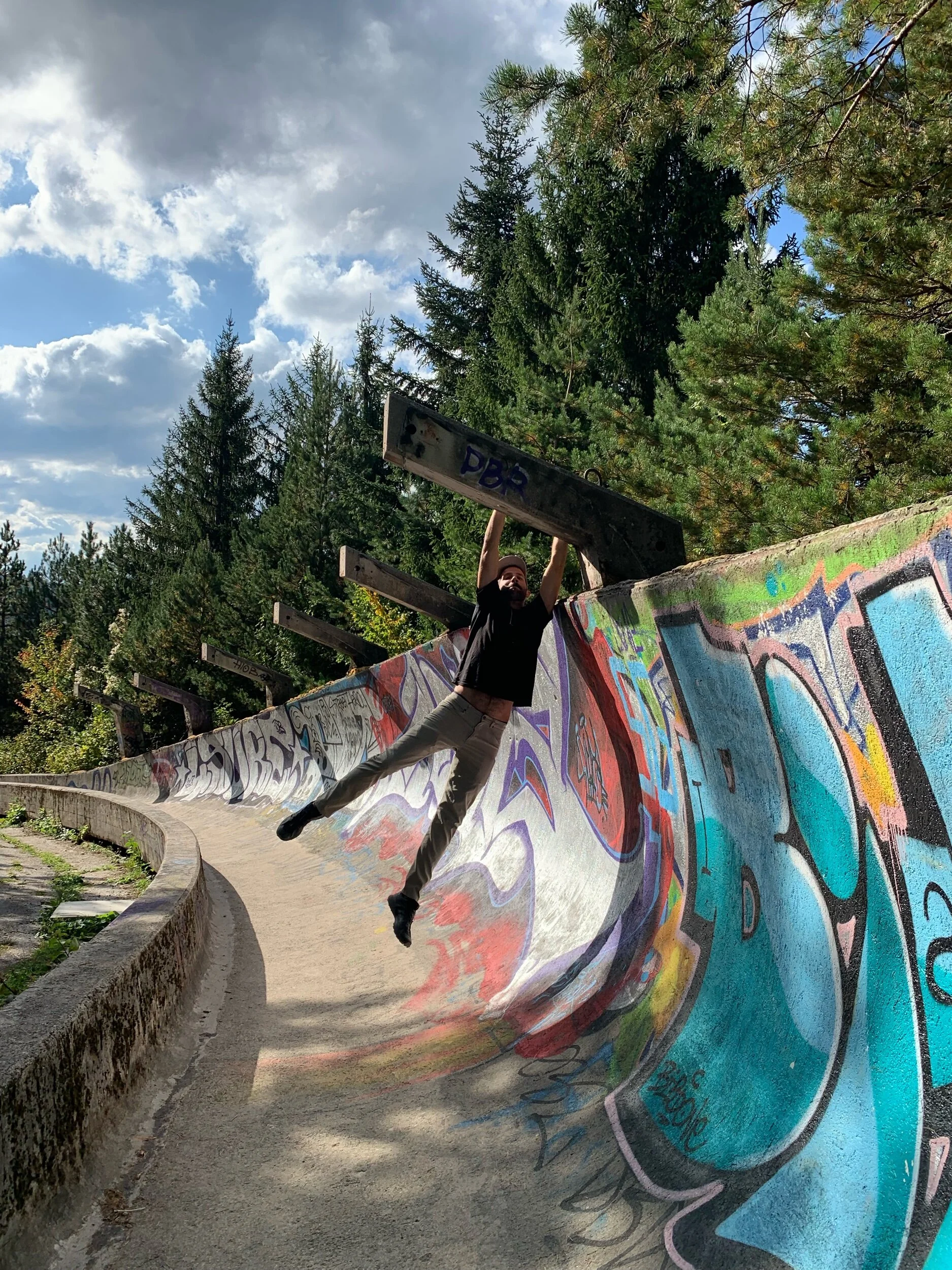
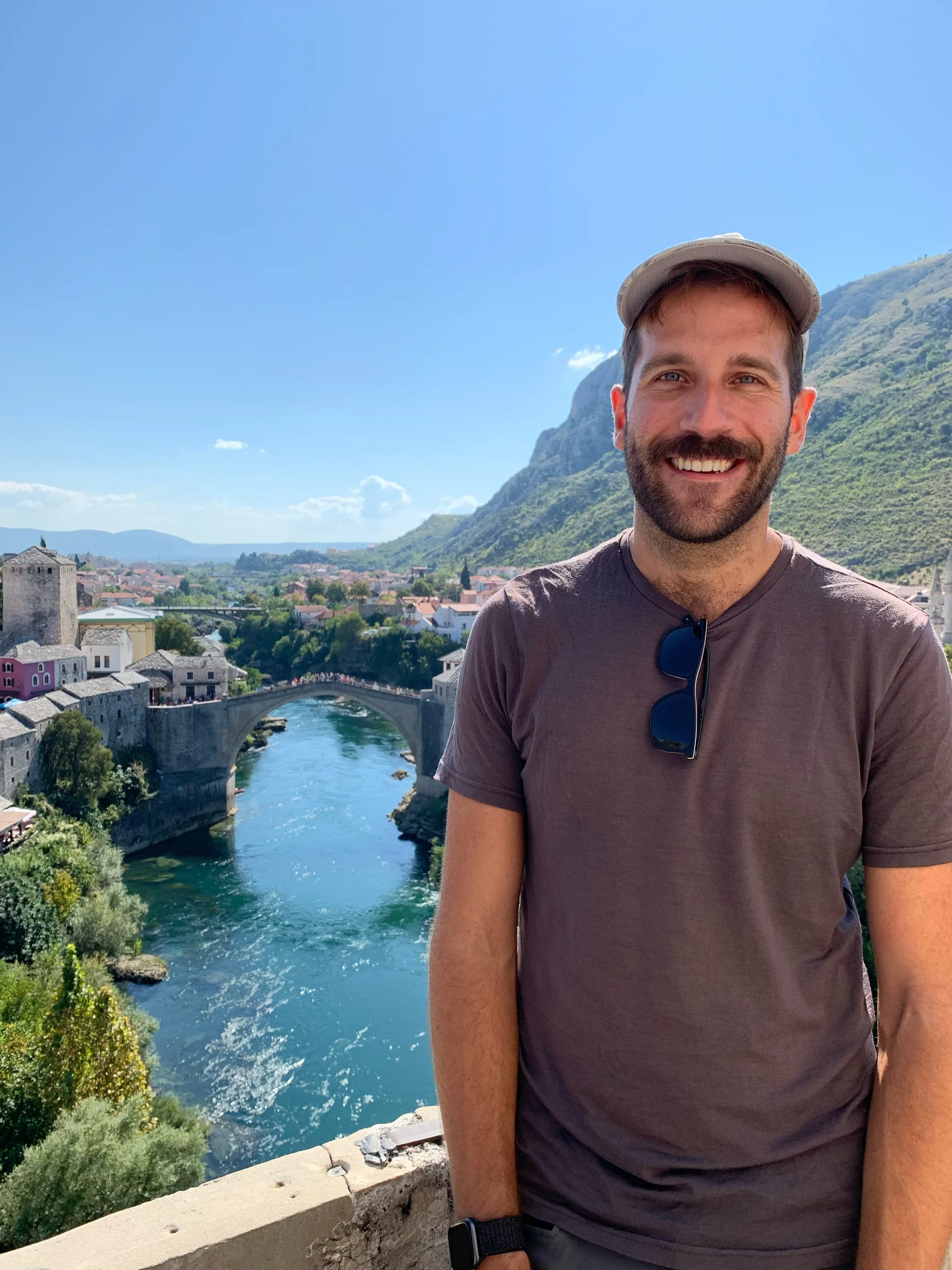
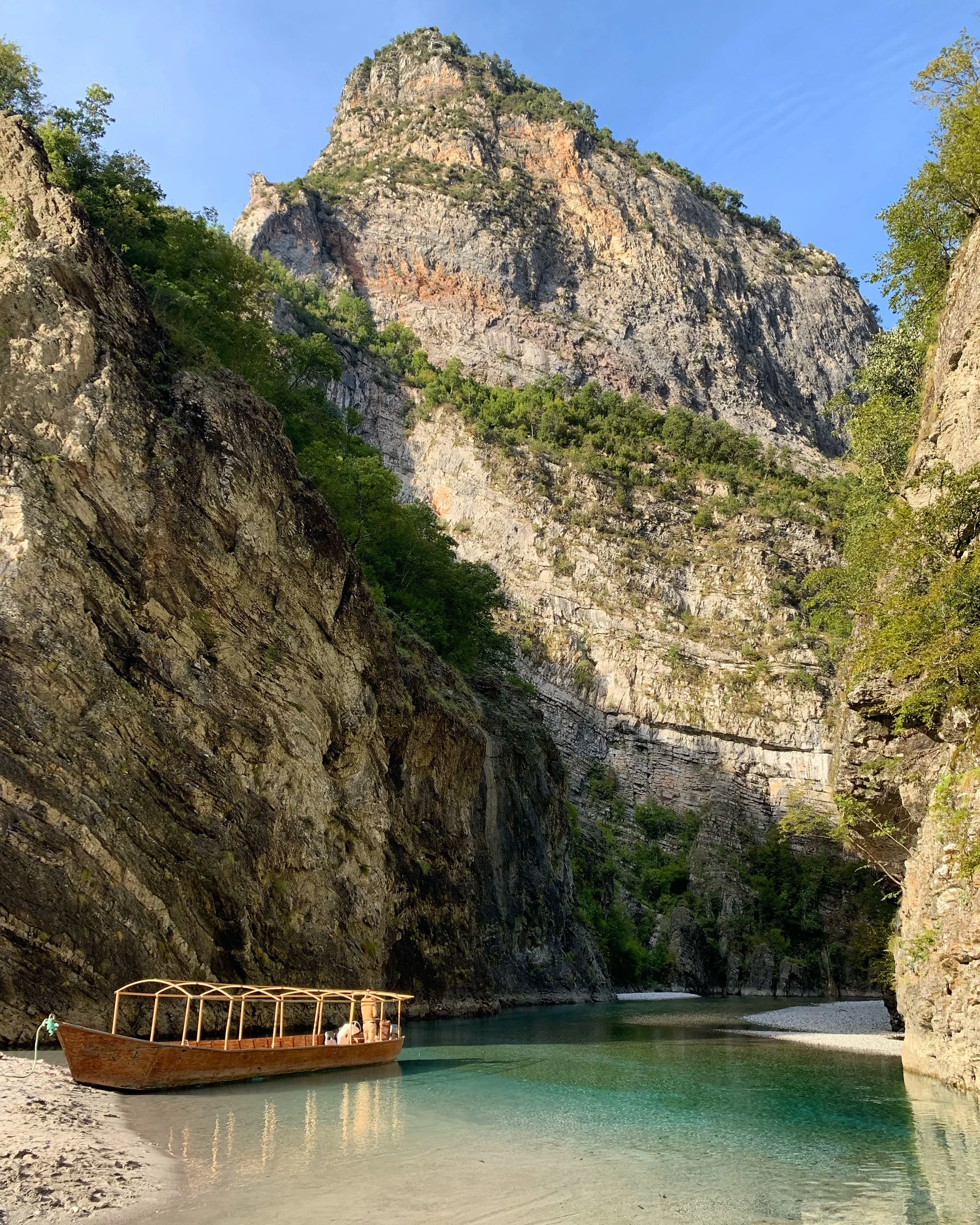
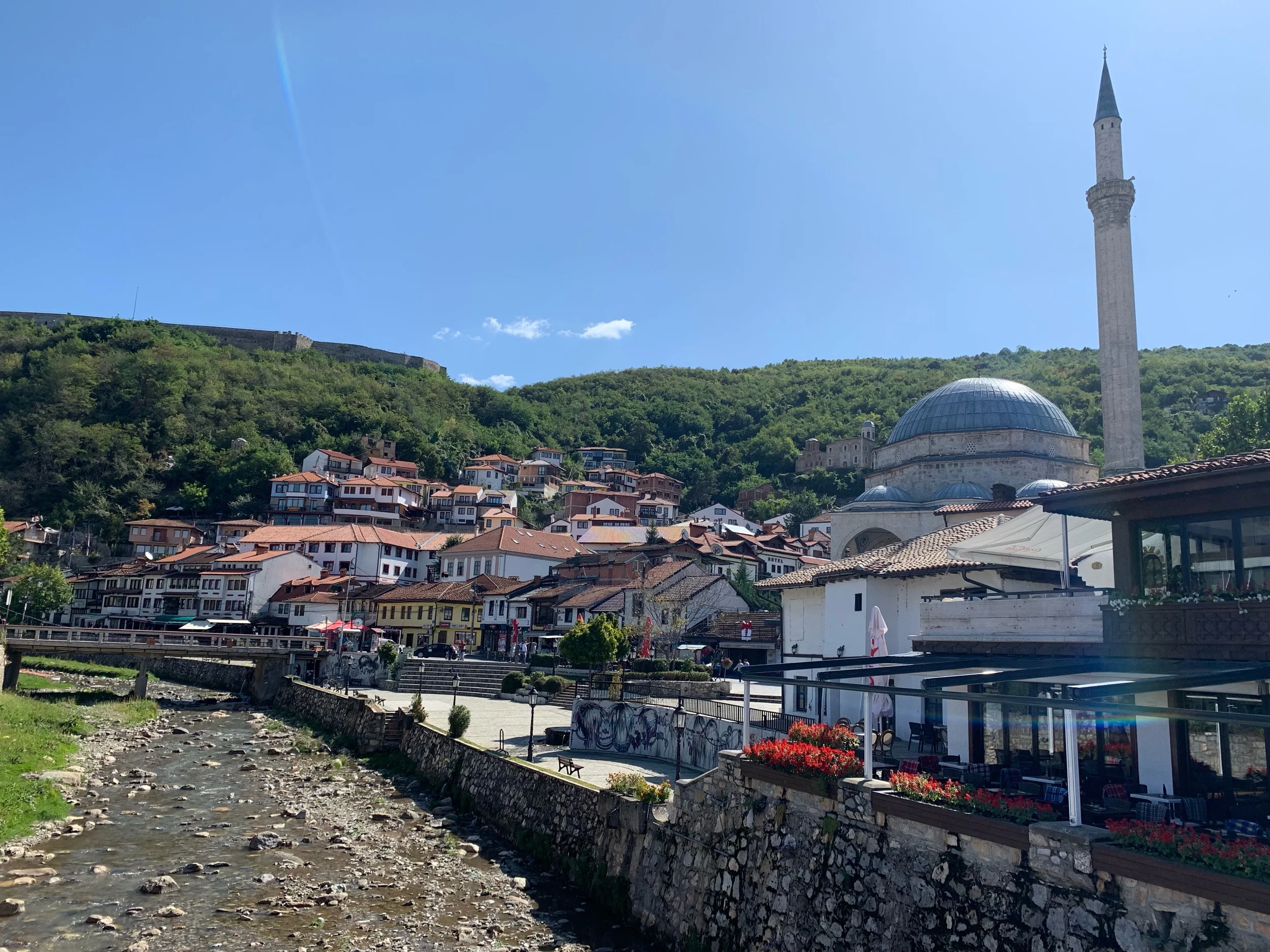
A must for history junkies